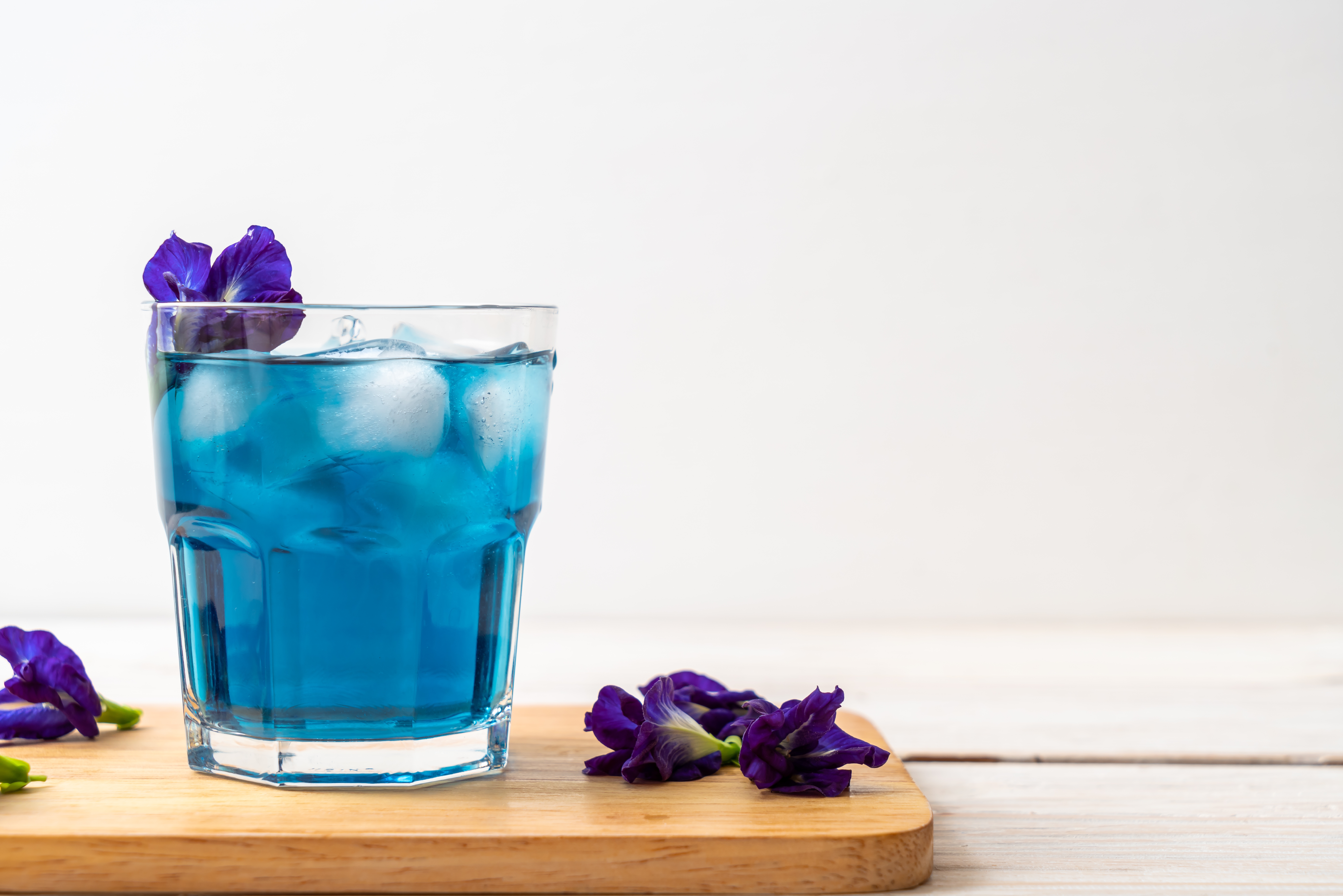As part of its mission to “Make America Healthy Again”, the US Department of Health and Human Services (HHS) recently put food dyes firmly in its crosshairs. Now, HHS has announced that the Food and Drug Administration (FDA) has granted three petitions for new, natural color additives.
In April 2025, HHS announced its intentions to phase out eight synthetic dyes from the US food supply. Of particular concern are colorants derived from crude oil – although, it must be noted that using petrochemical dyes is not at all equivalent to putting petroleum in food – but the proposal also included Blue No. 2, a synthetic version of plant-based indigo dye.
Good news, then, for blue food fans, as the recent announcement that the FDA has approved three new colorants includes two with an azure hue: Galdieria extract blue, and butterfly pea flower extract. The trio is completed with calcium phosphate.
According to a statement from HHS, Galdieria extract – derived from Galdieria sulphuraria algae – can now be used in a range of beverages, including milkshakes and smoothies, and various foodstuffs like popsicles, candy, and yogurt.
Butterfly pea flower extract, which is obtained through water extraction of pigment from dried flower petals, is already used in things like sports drinks, teas, and chewing gum. The approval of the recent petition from Sensient Colors LLC means its use can now be expanded to include various cereals and snack foods like hard pretzels and chips.

Butterfly pea flower extract gives a striking blue color to teas and juices, and now its use has been expanded.
Image credit: gowithstock/Shutterstock.com
Calcium phosphate is a white coloring, and it’s used to keep the color of ready-to-eat chicken, white candy, and sugar coatings on donuts and candies looking fresh.
Food color additives are subject to the FDA’s approval process before they can be included in foods sold in the US. The process involves consideration of toxicological data and published scientific studies, as well as estimates of how great the dietary exposure to the additive is likely to be. Back in April, the FDA said that rapid approval of natural dyes would go hand in hand with their plans to ban synthetic ones; according to commissioner Dr Martin Makary, these latest announcements are evidence of promises being kept.
“FDA staff have been moving quickly to expedite the publication of these decisions, underscoring our serious intent to transition away from petroleum-based dyes in the food supply and provide new colors from natural sources,” he said.
Synthetic food dyes have also been subject to bans at the state level, fueled by concerns around their effect on kids’ health and behavior. However, with HHS pushing for nationwide bans, one thing that’s not yet clear is how much buy-in they can expect from food manufacturers.
“The ingredients used in America’s food supply have been rigorously studied following an objective science and risk-based evaluation process and have been demonstrated to be safe,” said Melissa Hockstad, president and CEO of the Consumer Brands Association, in response to the April announcement from HHS.
“As we increase the use of alternative ingredients, food and beverage companies will not sacrifice science or the safety of our products.”
Source Link: Blue Galdieria Algae Extract Among 3 Natural Food Dyes Newly Approved By FDA